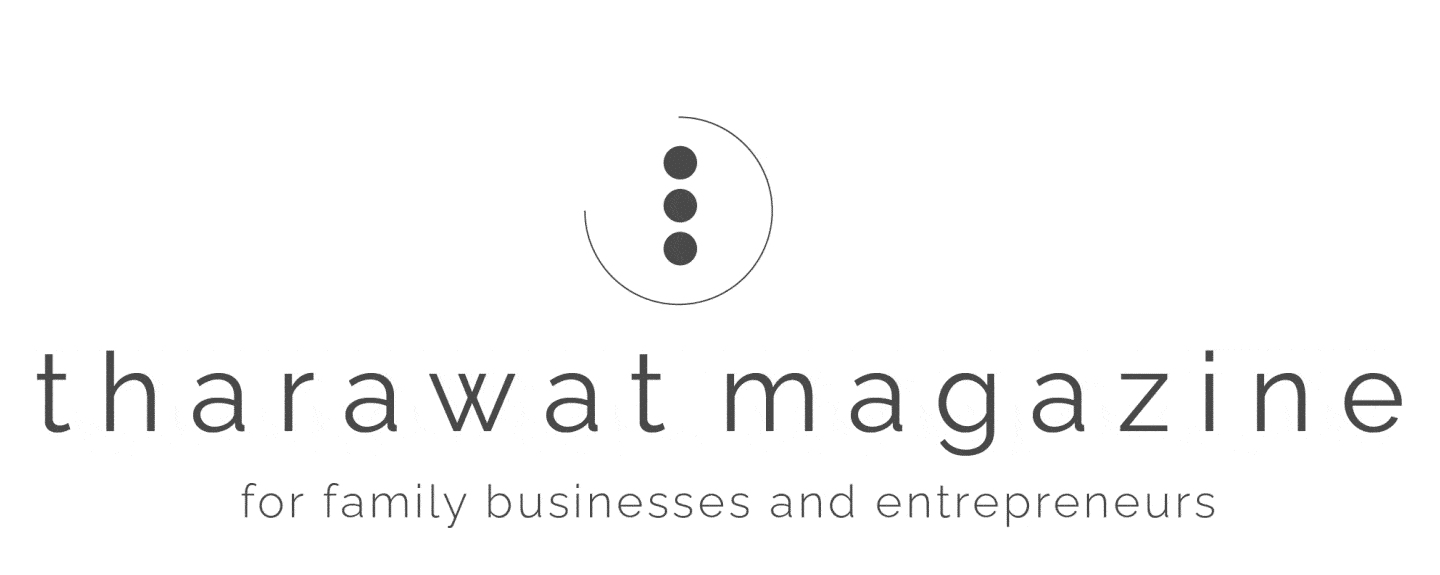
Image source: Pixabay via Pixels
For many years, the image of family businesses has been hampered by stereotyped notions, in which it is assumed that they are slow-moving, prone to succession crises, and hampered by nepotism. The quiet secret, of course, is that some family firms prosper through successive generations, with their entrepreneurial flair kept alive or even enhanced.
Until recently, the dynamics of these super-successful business dynasties were not well understood outside of the families themselves. New studies are starting to shed some light, however. A central finding is that these high-performing families are more loyal to values, than to institutions. This enables them to reframe the challenges that they confront. Instead of seeing their task as to ensure that the firm survives, they ensure that their spirit survives. They do not always confine their efforts to one organization, instead renewing their enterprises with fresh entrepreneurship, creating spin-off companies and encouraging enterprise in the local economy.
As well as being a spur to innovation and to seizing opportunities, such creativity may also help resolve some of the familiar dilemmas associated with the family firm. One example is the succession – how to deal with sibling rivalry when the firm is handed over to a selected member of the next generation. The most enterprising families create new options, by setting up enterprises for a succeeding generation, instead of restricting choice to the chief executive role of a single firm.
In an example featured in a new book Family Capitalism, co-authored by ourselves with other contributors, a family in China has co-created and encouraged a regional cluster of specialist businesses. In doing so, they transformed the quality of life and economic prospects of a whole region, in just a few decades (see case study below).
Meritocracy and Choice
Another frequently cited hazard for family-owned businesses is the question of nepotism. If the choice of leadership is restricted by inheritance, this can narrow the talent pool, the argument goes. Again, the most imaginative families turn a potential problem into a strength. They nurture a cadre of potential leaders by ensuring that the children are exposed to the ways of working of the firm or firms from a young age, and give them the best possible opportunities for education and training.
But they respect the element of choice. This cuts both ways: the families are prepared to appoint a non-family chief executive if a family member does not possess the right abilities, matched to the context and strategic challenge. Equally, if a family member does not wish to work for a business owned by the family, they are free to do so, without loss of share ownership. Such a liberal attitude was rewarded handsomely by a Swedish manufacturer of industrial safety equipment, also featured in Family Capitalism. The eldest son in the second generation wished to study art, rather than enter a manufacturing firm. Some years later, having gained expertise in design, he returned to the family business and advised on how to create more ergonomic protective masks, assisting both comfort and protection. This helped the company stay as a market leader, winning lucrative contracts around the world.
Much business education focuses on the more easily visible aspects: the strategies, the marketing initiatives, the technology. Studying the most successful enterprising families in depth opens one’s eyes to the importance of more invisible attributes: the values and ways of thinking. Such attributes are hard to imitate, but dangerous to ignore.
Case Study: Regional Economic Renaissance through one Family’s Entrepreneurial Flair
In a dramatic example of multiple entrepreneurship by a successful family, a family in China has founded and nurtured a regional cluster of specialist businesses, principally in wooden toy manufacture and design, latterly supplemented by advanced digital entertainments. The first enterprise was a commune-run factory making wooden tools under the former Communist system in the 1970s, where a first-generation family member was appointed as managing director by the local government. His elder son, who worked alongside him from the age of 17, was voted by the employees as the successor when the founder had to retire under the then policy.
In the early 1980s, as private business began to be encouraged in China, the first-generation father started the first local private business with his second son while his elder son continued running the commune business, which reached a peak, although later collapsed due to a severe flood event.
The elder son and family relocated to where his father and brother were, and tried to duplicate the enterprise with a similar business as an arm for a local trading bureau. The next year, he set up another private business, also specialising in wooden toy manufacture. Former employees from the commune business followed suit and developed their own family businesses. Two extended family members also set up their own enterprises. The region has become a cluster of wooden toy manufacture, which together contributes around 40% of global wooden toy manufacturing.
This approach not only benefited the local economy, but also the family, as it made it possible for individual members to develop businesses following their own interests and competence.
The third-generation son took over the second generation’s business at the age of 25, and led the family business to the next arena. His sister had set up a successful online store; for personal reasons, wishing to focus on her family, and also to help him achieve the greater goal, she sold her online store and related digital assets and credit to him, which consolidated and strengthened the digitalisation of the business. Not satisfied of taking overseas orders with no brand identification (OEM model), he upgraded the business to a branded conglomerate with various business platforms. This business has become the leading industrial player in China with their branded products exported to Africa and beyond.
Family Capitalism: Best Practices in Ownership & Leadership, Edited Gry Osnes, with contributions by Olive Yanli Hou, Mona Haug, Liv Hök, Angélica Uribe, Victoria Grady, James Grady. Routledge October 2016. For more information, click here.










